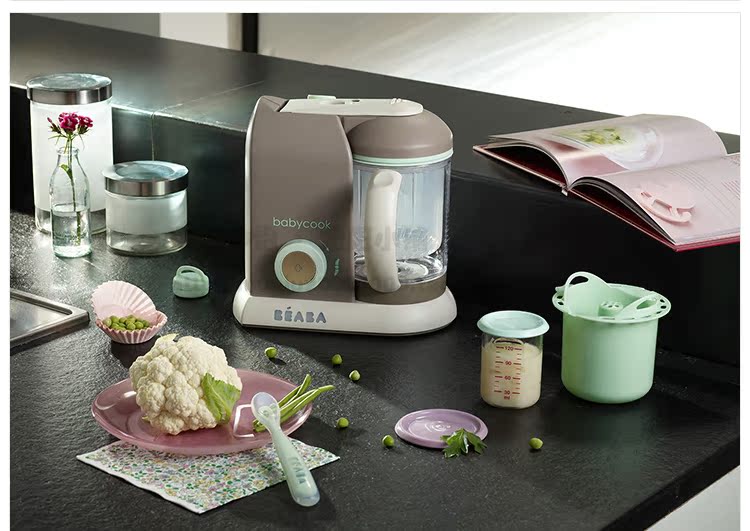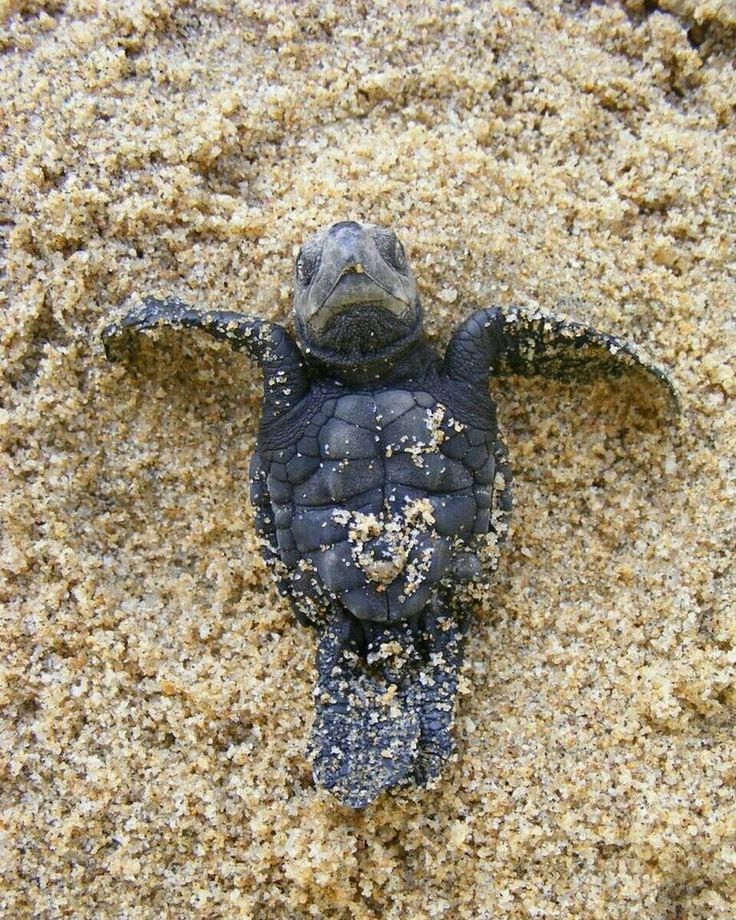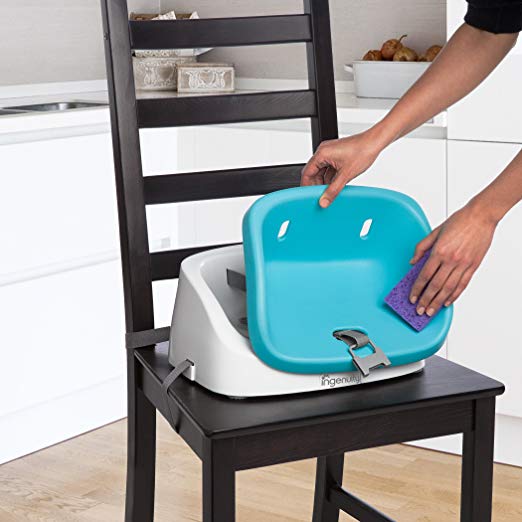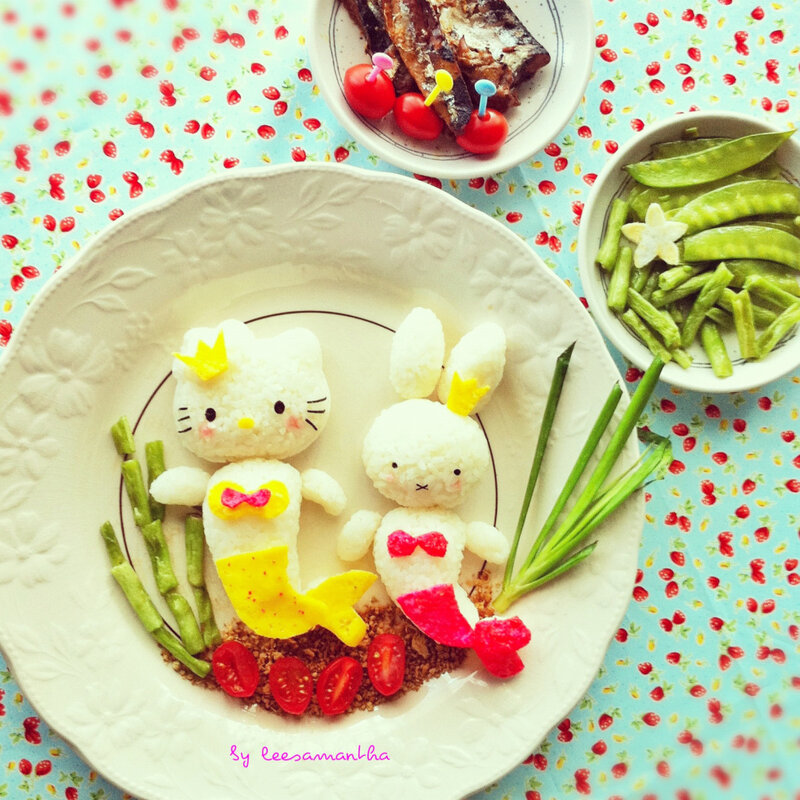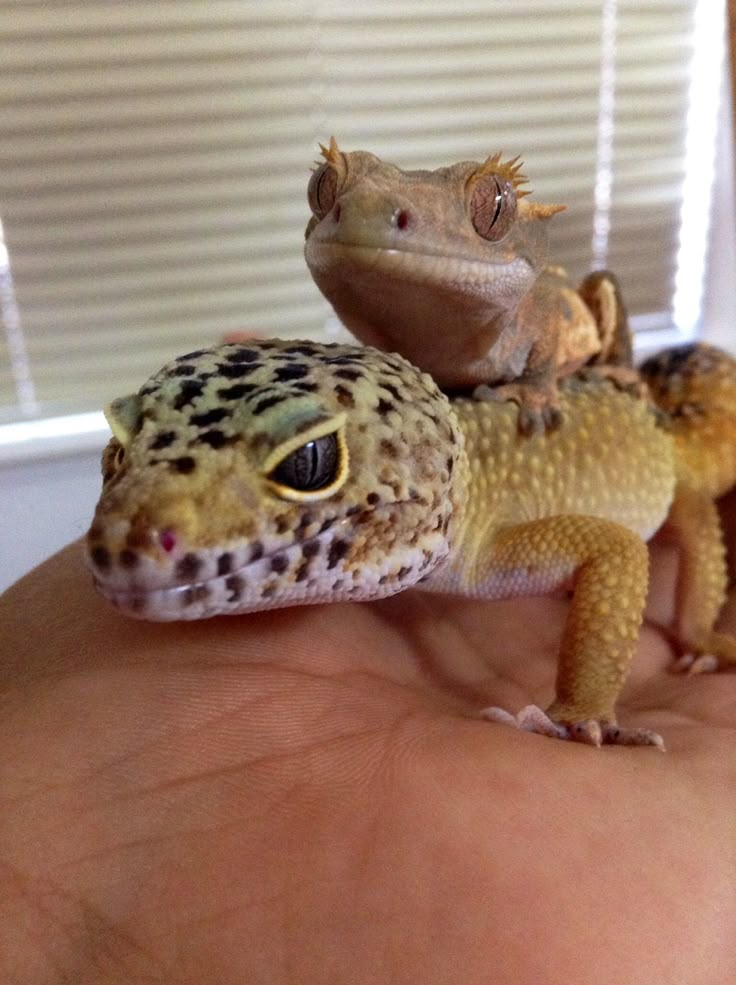Feeding bottle sizes for babies
Choose the best baby bottle and nipple
support search iconSearch terms
Shopping cart
There are currently no items in your shopping cart.
- {{#each curatedBundle.items}}
- {{#if miniCartProductpath}} {{/if}} {{#if miniCartProductpath}} {{/if}}
{{#if miniCartProductpath}} {{/if}}
{{#iff curatedBundleQuantity 'gt' '1'}} {{curatedBundleQuantity}} x {{/iff}} {{#if familyName}} {{familyName}} {{/if}} {{#if descriptor}} {{descriptor}} {{/if}}
{{#if miniCartProductpath}} {{/if}}
{{/each}} {{#if isPersonalizedBundle}}
{{#if curatedBundle.price}}
{{curatedBundle.price}}
{{curatedBundle.discountPrice}}
{{/if}}
{{/if}} {{#if isSubscriptionBundle}}
{{#if curatedBundle. displayPrice}}
{{curatedBundle.displayPrice}}
+{{curatedBundle.displayRecurringCharge.totalFormattedValue}} / {{curatedBundle.ratePlanDuration}}
{{/if}}
{{/if}} {{/if}} {{#if isBundle}} {{#each bundle}}
{{#if bundle.label}}{{bundle.label}}{{else}}Bundled Item{{/if}}
{{#if totalPrice}} {{#if formerPrice}}
{{formerPrice}}
{{/if}}
{{totalPrice}}
{{/if}}
{{/each}} {{/if}} {{#if isSingleItem}}
-{{discountValue}}
{{/if}}{{#if miniCartProductpath}}
{{/if}}{{#iff quantity 'gt' '1'}} {{quantity}} x {{/iff}} {{#if familyName}} {{familyName}} {{/if}} {{#if descriptor}} {{descriptor}} {{/if}}
{{#if miniCartProductpath}}{{/if}} {{#if sellerName}} {{soldBySiteText}} {{sellerName}} {{/if}}
{{#if totalPrice.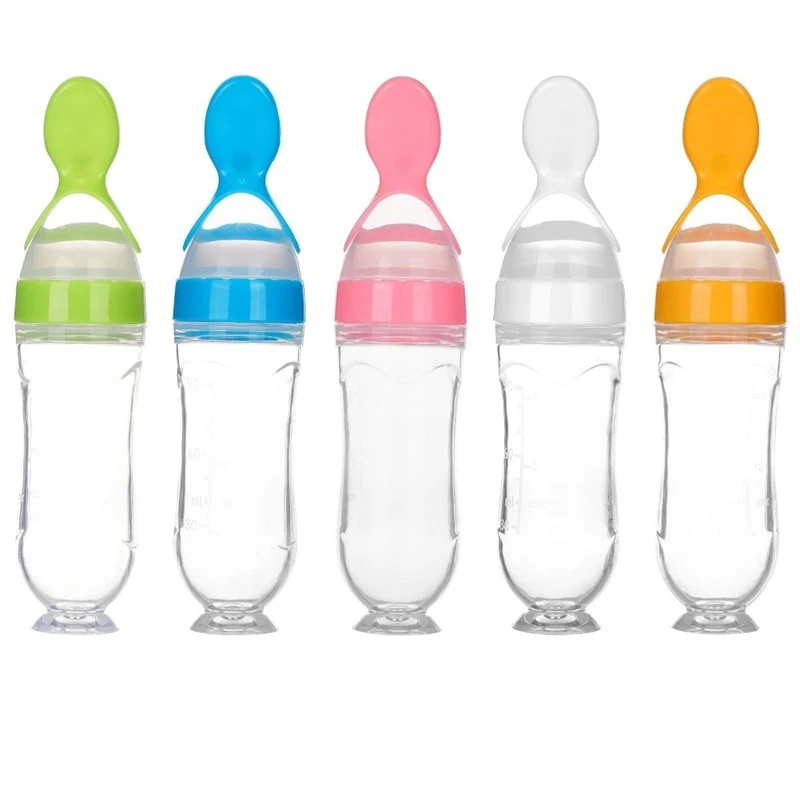 formattedValue}} {{#if formerPrice.formattedValue}}
formattedValue}} {{#if formerPrice.formattedValue}}
{{formerPrice.formattedValue}}
{{/if}}
{{totalPrice.formattedValue}}
{{/if}}
There was a problem removing this item from your shopping cart. Please try again.
{{/if}} {{/each}}
{{#iff cart.attributes.pricing.orderDiscountNoDelivery.value 'gt' 0}}
Promotion discount: - {{cart.attributes.pricing.orderDiscountNoDelivery.formattedValue}}
{{/iff}}
Shipping cost: {{#iff cart.attributes.pricing.totalDelivery.value 'gt' 0}} {{cart.attributes.pricing.totalDelivery.formattedValue}} {{else}} FREE {{/iff}}
Subtotal: {{cart.attributes.pricing.total.formattedValue}}
4 min read
Oh, baby. There are so many choices to wade through when you become a parent. If you plan to bottle feed your baby, this guide will help make some of those choices easier—from which is the best baby bottle for your baby, to just how many you’ll need.
If you plan to bottle feed your baby, this guide will help make some of those choices easier—from which is the best baby bottle for your baby, to just how many you’ll need.
The baby bottle must-haves
When it comes to bottle feeding, there are some things we know are must-haves. All our baby bottles have an anti-colic valve built into the nipple to help reduce stomach discomfort. Every baby bottle is also easy to hold and BPA free.
It’s your call
So those are the essentials for choosing the best baby bottles. From here you can start narrowing down your selection by looking at your parenting style.
The two types of baby bottles
Will you be exclusively bottle feeding? Or would you like to combine breastfeeding and bottle feeding? To make sure you always have a baby bottle that helps reduce colic and suits your parenting style, we made two types of baby bottles: Anti-colic and Natural. Below is a quick rundown of how these two baby bottles stack up, and which is best for you.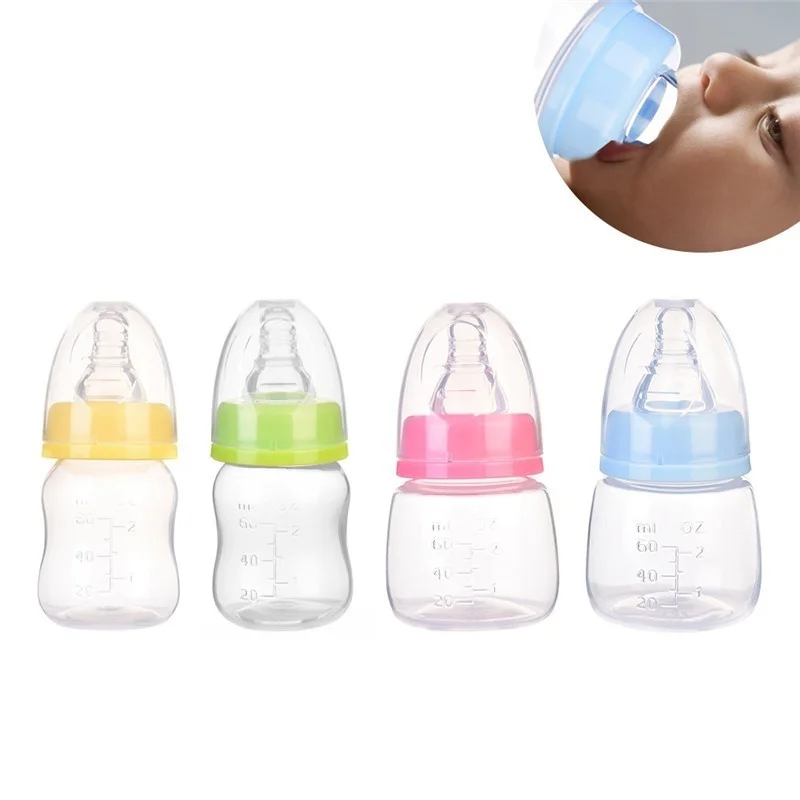
See more below ↓
Natural baby bottles
Our Natural baby bottle is for moms who want to switch easily between breast and bottle feeding. Designed with unique comfort petals to increase softness and flexibility without nipple collapse.
Best for: Combining breast and bottle feeding
Anti-colic baby bottles
Think of Anti-colic baby bottle like a great all-rounder that helps combat colic. It’s clinically proven to reduce fussing and discomfort crying, and has a flexible teat for easy latch-on. The built-in anti-colic valve also makes it quick and simple to clean and assemble.
Best for: Bottle-fed babies
Size of the baby bottle
Once you’ve chosen the type of baby bottle you want, you can now select a size.
As your baby gets older, you’ll find they’re able to drink more in a single feed. They’re more confident, and their little stomach isn’t quite so little anymore.
Babies are unique and develop at their own pace. To help with some general guidance on which bottle to use we have labelled our baby bottles with an age guidance.
Here’s a quick summary:
0m - 2 oz/60 ml
Newborn - 4 oz/125 ml
1m+ - 9 oz/260 ml
6m+ - 9 oz/260 ml
Size of the nipple
If the baby bottle size determines the quantity of milk, the nipple is about how quickly the milk comes out or milk flow.
Remember that if you’re using the Natural baby bottle, the difference here is also the shape of the nipple. It’s designed so it mimics the shape of a breast. Your baby will have to suckle like they do at the breast. This helps your little one to combine both breast and bottle feeding.
Flow of the nipple
Just like size of the baby bottle, the flow of the nipple increases with your baby’s age.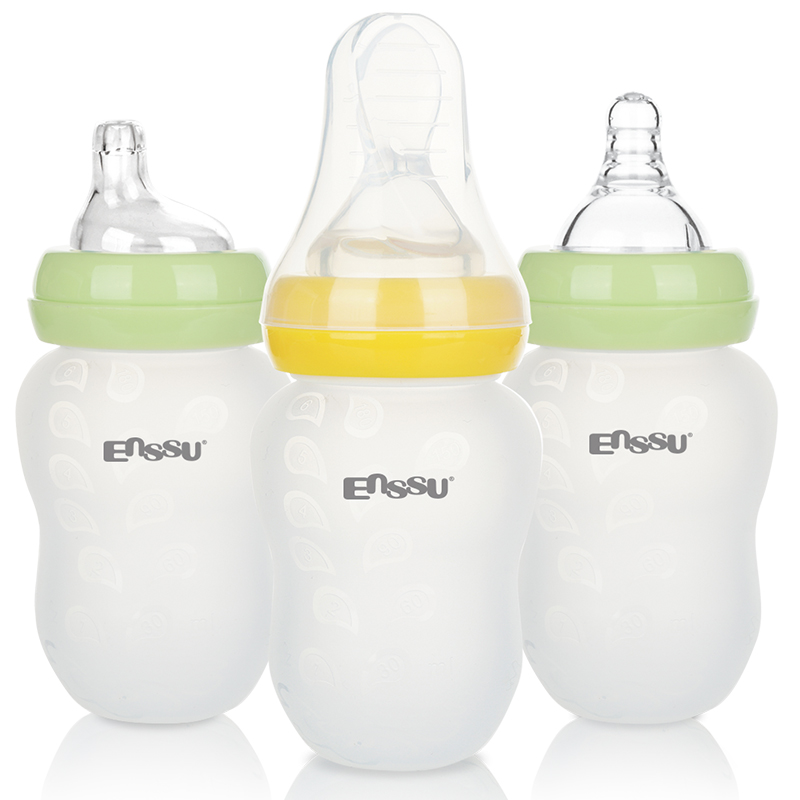 We’ve also labelled our nipples with an age guidance indication, but keep in mind that every baby develops at their own rate. The flow rates can be identified by the number on the base of the nipple.
We’ve also labelled our nipples with an age guidance indication, but keep in mind that every baby develops at their own rate. The flow rates can be identified by the number on the base of the nipple.
Here’s a quick summary:
0m - First flow (number 0)
0m+ - Newborn flow (number 1)
1m+ - Slow flow (number 2)
3m+ - Medium flow (number 3)
6m+ - Fast flow (number 4)
How many baby bottles and nipples is enough?
Sometimes it might feel like your little one has more gear than you do! So how many baby bottles are enough?
Most moms want enough baby bottles to get through the day and not have to wash immediately after feeding in preparation for the next feeding. If your planning on having other caregivers look after your little one, you might want to stock up and have a few spares.
We also recommend changing the nipples on the bottles every 3 months.
Read more on this topic
-
How to get a breastfed baby to take a bottle
Read on
-
Baby bottles and nipples
How the right baby bottle can help reduce colic
Read on
Meet the Baby+ App
Track your baby's development and save those special moments forever. Get the supportive Baby app for moms and dads!
Download now:
Parenthood. There is no guidebook, but there is a support crew
Want free, personalised advice and discounts delivered straight to your inbox?
By clicking on the link, you will be leaving the official Royal Philips Healthcare ("Philips") website. Any links to third-party websites that may appear on this site are provided only for your convenience and in no way represent any affiliation or endorsement of the information provided on those linked websites. Philips makes no representations or warranties of any kind with regard to any third-party websites or the information contained therein.
Philips makes no representations or warranties of any kind with regard to any third-party websites or the information contained therein.
I understand
You are about to visit a Philips global content page
Continue
You are about to visit the Philips USA website.
I understand
Best Sizes and Shapes for Feeding
We’ll help you understand the many bottle shapes and nipple sizes
Finding the right baby bottle is more trial and error than choice—for mom, anyway. Your baby will decide what she likes best. We’ll help you understand the many shapes and sizes, and you can help your little one choose by trying more than one style of baby bottle and nipple.
Browse bottles and nipples.
When selecting the best baby bottle, explore shape, material, and size
You will find baby bottles in many styles. Before you try one, or several, it helps to understand all your options.
Before you try one, or several, it helps to understand all your options.
Baby bottle shapes: standard or curved
- Standard baby bottles (straight with no angle or curve) have been successfully used for years
- Curved baby bottles, and those with liners, are designed to reduce the swallowing of air and to cut down on gas and fussiness
- Baby bottles with disposable liners are easy to clean, but the liner refills can be costly
- You’ll find a wide array of bottles and nipples available in stores. Check with your doctor if you need help finding the right one for your baby
Materials: plastic or glass baby bottles?
Glass baby bottles are sturdy but heavy and can shatter if dropped. Plastic baby bottles are lightweight and shatterproof, and many are BPA-free.
Baby bottle sizes: small for now, larger for later
Smaller bottles (4 fl oz or less) are nice when your baby is small. But as your baby grows, you’ll replace them with larger ones. Hint: When choosing a bigger bottle, make sure it will fit into your current diaper bag.
Hint: When choosing a bigger bottle, make sure it will fit into your current diaper bag.
Baby bottle nipples: sizes, shapes, styles, and materials differ by design
Nipple shapes, sizes, and flow speeds need to match with your baby's sucking style, so it’s important to experiment. The size of the hole determines how quickly or slowly the milk flows. If the hole is the wrong size, your baby may feed too quickly, too slowly, or swallow too much air.
Bottle nipple sizes
- Size-one nipples have a small hole, for babies from birth to age 6 months
- Size-two, -three, and -four nipples have a larger hole and are great for older babies
- Special nipples for preemies also are available
The ideal bottle nipple allows a few drops of milk to drip out as soon as you turn the bottle upside down, then the dripping should stop. If you think the milk is flowing too quickly for your baby, try a nipple with a smaller hole. If you think your baby is getting frustrated by sucking too hard, try a nipple with a larger hole.
Baby bottle nipple shapes
- Standard nipples are tall and dome-shaped, while other nipple types mimic the shape of your breast
- Orthodontic nipples are shaped to fit the inside of your baby's mouth—wide at the tip and base, and narrow in the middle
Baby bottle nipple materials
Latex
- Softer
- Can hold the odor of milk
- May wear out more quickly
Silicone
- Sturdier
- Easier to clean
- Can last up to a year
When to clean and replace baby bottles and nipples
Always wash new bottles and nipples in hot, soapy water or in the dishwasher before using them. Wash them again after every feeding and check the nipples for wear. Be sure to replace smaller nipples with larger ones as your baby grows, and always replace any bottle nipple that shows signs of wear.
Join Similac® Rewards for up to $400* in benefits and support throughout your journey.![]()
* Offers may vary.
Sign Up
90,000 what a bottle to choose for a newborn Search Support iconKeywords for search for
- Video, Audio, connection
- Personal care
- All for mother
- Home
- Light
- Health 9000
- Automobile products
- Accessories
- Promotions
Breast milk is the most useful and complete food for a newborn, but there are situations when a mother is forced to switch to mixed or artificial feeding, and sometimes she needs to go away on business and in this situation, expressed breast milk can be used for feeding milk. In such situations, a bottle is indispensable, so parents face the question of how to choose a bottle for their baby.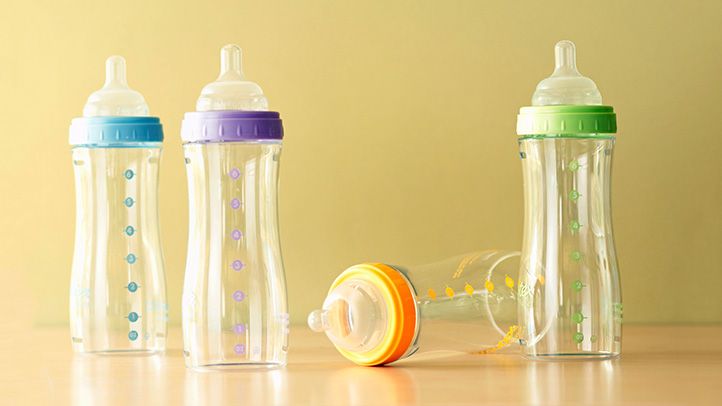
When choosing a bottle, pay attention to the following criteria: flow
Also pay attention to the additional features and properties of the bottles. This can be a special valve or system that reduces the risk of spitting up and gas, a flow-optimized physiological teat with a wide base, or special teats for premature and small babies.
Material
Bottles are usually made of glass or plastic. Glass bottles are considered the most environmentally friendly, they are durable and can withstand repeated sterilization, but they are quite heavy and can be easily broken. Plastic bottles are light and safe and can withstand high temperatures, but they wear out faster and need to be replaced over time.
Bottle nipples are available in latex or silicone. Latex nipples are soft, but short-lived and can cause allergies. Silicone nipples are stronger and last longer, and at the same time they are quite soft and flexible.
Shape
Modern bottles come in a wide variety of shapes and colours. Choose the one that you like, but the main thing is that the baby is comfortable to hold it. For small hands, a narrowed to the center or curly bottle is suitable.
Classic teats are used by many parents, the classic teat is round and slightly elongated. Anatomical nipples resemble a woman's nipple and are considered the most suitable for feeding a baby, since it is just as difficult to drink milk from it as from a breast. This is especially important when combining breastfeeding and bottle feeding. There are also nipples with a beveled edge, it is believed that such nipples do not affect the bite.
Anti-colic valve
Sucking on the bottle can cause air to be swallowed by the baby, causing colic. Therefore, it is worth giving preference to bottles that have an anti-colic valve.
Bottle capacity
The size of the bottle is selected according to the baby's age. The older the baby gets, the more food he needs, so the volume of the bottle must be increased. Usually there are bottles for the smallest - up to 150-200 ml and for older children from 200 ml. Pay attention to the size of the neck - bottles with a wide neck are easier to clean and it is more convenient to pour the mixture into it.
The older the baby gets, the more food he needs, so the volume of the bottle must be increased. Usually there are bottles for the smallest - up to 150-200 ml and for older children from 200 ml. Pay attention to the size of the neck - bottles with a wide neck are easier to clean and it is more convenient to pour the mixture into it.
Teat flow speed For a newborn baby, it is necessary to choose a nipple with a slow flow so that he does not choke during feeding. As they grow older, it is necessary to change the nipple to a faster flow so that the baby does not get nervous and gets enough milk. You should also pay attention to the number and size of holes in the nipple - more for thick food and smaller for liquids.
How many bottles and nipples to have
If the baby is breastfed, two 60 to 125 ml bottles will be enough to supplement him with water if necessary or to feed him with expressed breast milk during temporary weaning mothers. Formula-fed babies will need 3-4 bottles of 150-330 ml and two bottles for other liquids (water, juice, tea).
Formula-fed babies will need 3-4 bottles of 150-330 ml and two bottles for other liquids (water, juice, tea).
, and also if the integrity of the nipple is damaged or the baby bites through it when the first teeth appear.
Your Choice
You can now narrow your search down to bottle characteristics and personal preferences. To help you decide, answer a few more questions:
- Will you bottle feed your baby only or would you like to combine bottle feeding with breastfeeding? be later? Perhaps you will be away on business or want to go to work?
If you plan to combine breastfeeding with bottle feeding, then the Natural bottle is suitable for you and your baby, but if you plan to formula feed the baby, then we suggest considering the Anti-colic bottle. To reduce the risk of spitting up, gas and colic, we offer Anti-colic bottles with an AirFree valve. from natural sucking. The built-in anti-colic valve prevents air from entering the tummy and reduces the risk of colic.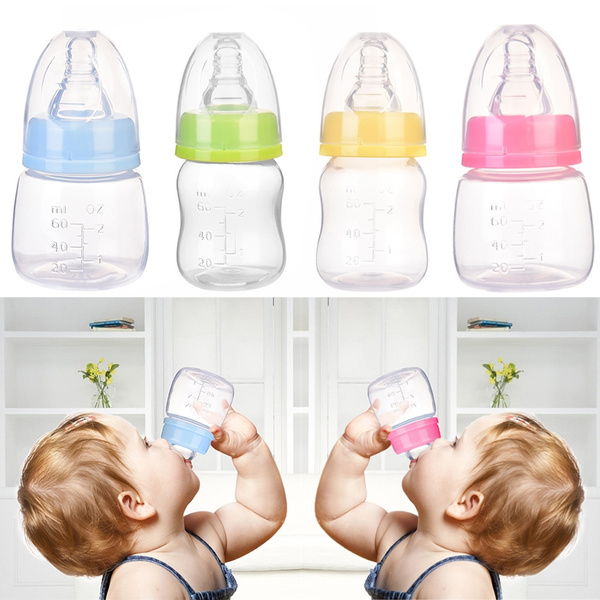
Learn more about Natural bottles:
Philips Avent Anti-colic bottles with a unique AirFree valve are designed to help your baby
swallow less air and reduce the risk of spitting up. The AirFree valve prevents air from entering the nipple: even in the horizontal position of the bottle, the nipple always remains filled with milk, which allows you to feed your baby in an upright position. Reducing the amount of air your baby can swallow while feeding helps reduce the risk of problems such as colic, gas, and spitting up.
more about the bottles of the Anti-Colic series:
volume of bottles Philips Avent
select the volume of the bottle in accordance with the age of your baby:
- 0 months- 60 ml
- 0 month + - 125 ml
- from 1 month - 260 ml
- from 6 months - 330 ml
But do not forget that babies have individual characteristics, their own growth and development rate.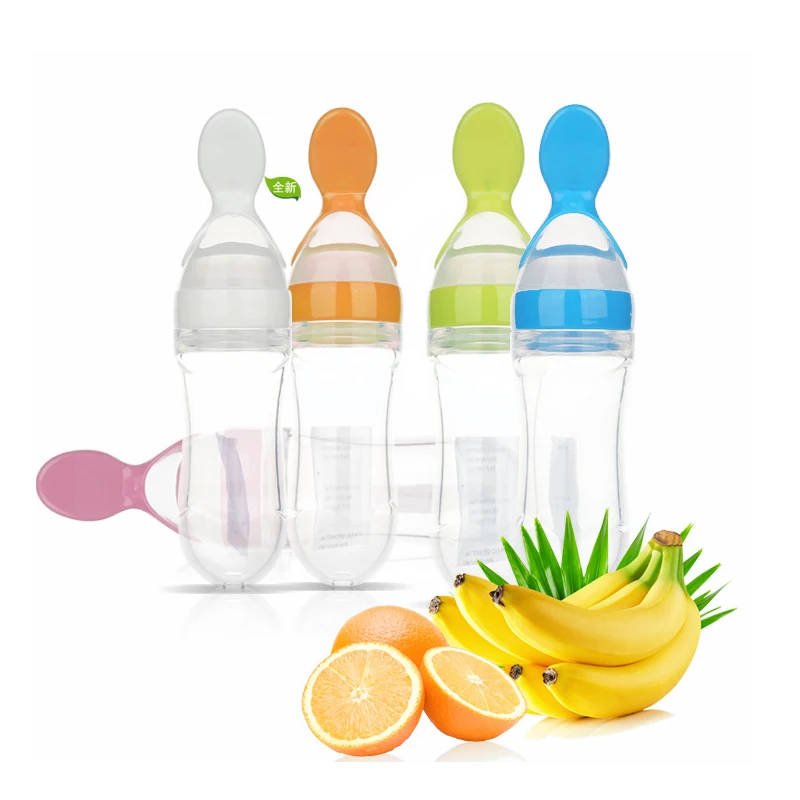 Therefore, some children can drink more for feeding, others can drink the same portion in two stages with a short break. Therefore, choose the optimal bottle size for your baby based on his needs and feeding behavior.
Therefore, some children can drink more for feeding, others can drink the same portion in two stages with a short break. Therefore, choose the optimal bottle size for your baby based on his needs and feeding behavior.
Philips Avent Bottle Teats
The size and number of holes in the nipple determine the volume and speed of breast milk or formula from the bottle. The number and size of holes in the nipple increase with the age of the baby.
Natural teat range
just as difficult as the chest.
Variable Flow Teat
The variable flow teat has 3 flow rates and allows you to control the flow rate by simply turning the bottle. Thus, you can adjust the flow rate according to the density of the liquid and the pace at which the baby drinks. This pacifier is suitable for babies 3 months+. pulp, cereals, grain milk, etc.
All Philips Avent Natural teats can be found here.
Anti-colic nipple assortment
Baby+ app
Download the app and track your child's development and growth with trackers, and save those special moments forever.
Download application:
Pregnancy+ app
Download one of the world's best pregnancy tracking apps for weekly helpful information, articles and tips about pregnancy and baby development.
Download app:
You are leaving the Philips Healthcare (“Philips”) official website. Any links to third party websites that may be included on this site are provided solely as a convenience to you. Philips makes no warranties regarding any third party websites or the information they contain.
I understand
You are about to visit a Philips global content page
Continue
You are about to visit the Philips USA website.
I understand
Which baby bottles are best for newborns
Baby bottles are an attribute that is absolutely impossible to do without - the reviews and comments of mothers only confirm this. Even when breastfeeding, babies drink water or juice, and it is most comfortable for them to do this just from a bottle for newborns. What can we say about babies who, under certain circumstances, were transferred to artificial feeding with various mixtures - they can’t do without a good and convenient baby bottle. And very often the ideal option is selected by trial and error. Mom has to buy and try more than one or even two bottles for newborns before there is one that the baby will like the most and from which he will eat with the greatest appetite.
Even when breastfeeding, babies drink water or juice, and it is most comfortable for them to do this just from a bottle for newborns. What can we say about babies who, under certain circumstances, were transferred to artificial feeding with various mixtures - they can’t do without a good and convenient baby bottle. And very often the ideal option is selected by trial and error. Mom has to buy and try more than one or even two bottles for newborns before there is one that the baby will like the most and from which he will eat with the greatest appetite.
Newborn bottles - never too much
As a rule, there are several, 3 or 4 baby bottles on the shelf with accessories and baby things (Born Free, EveryDay Baby, Philips Avent, Dr. Brown, Chicco, Canpol Babies, etc.). For reasons of hygiene, sanitation and practicality, it is reasonable for each liquid (mixture, water, juice or compote) to define its own bottle for newborns. However, given the need for night feedings (they last a rather long period) and the obligatory sterilization after each meal by the baby, it is worth buying 2-3 baby bottles for milk formula to change them.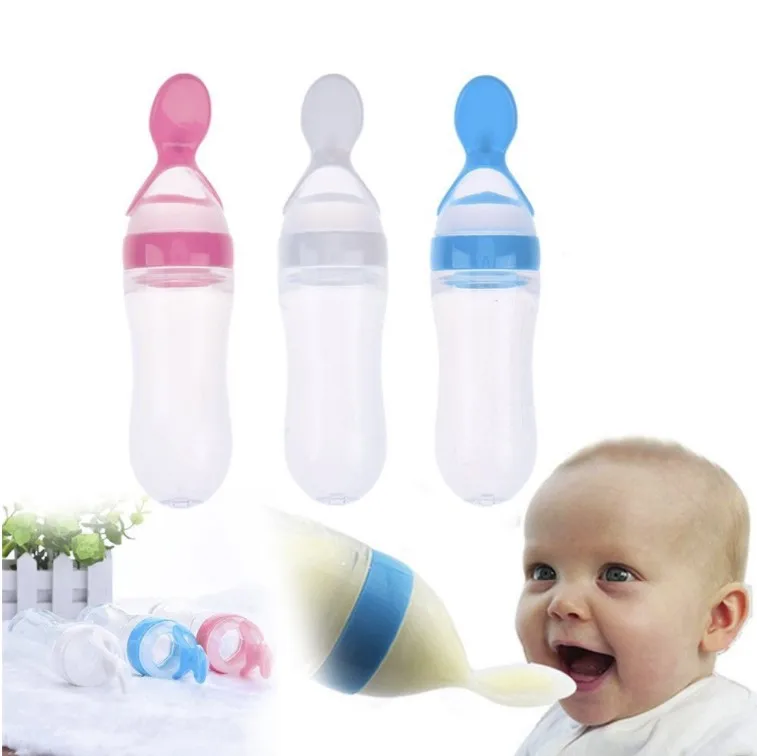 They will come in handy on trips, travels and on long walks, since the container can be placed in a thermos bag.
They will come in handy on trips, travels and on long walks, since the container can be placed in a thermos bag.
Which bottles to buy for a newborn
A baby who has just been born drinks from 50 to 90 ml of milk per feeding. If in the first week of life it is 50-60 ml, then in a month it is already 90-100 ml. Therefore, at first it is better to buy small bottles for newborns - up to 150 ml. But every month milk consumption increases, the baby begins to drink more water, juice or compote - then baby bottles of 240 ml will be needed.
To understand which baby bottles are best for newborns, it is wise to purchase one first. An experienced pediatrician will also tell you which bottles to buy for a newborn, based on the individual needs of the baby, and the reviews of experienced mothers will not be superfluous.
Baby Bottle Rating
Baby bottles are presented in stores in an impressive variety. Regularly, according to reviews and reviews, TOPs of the best bottles for newborns are compiled.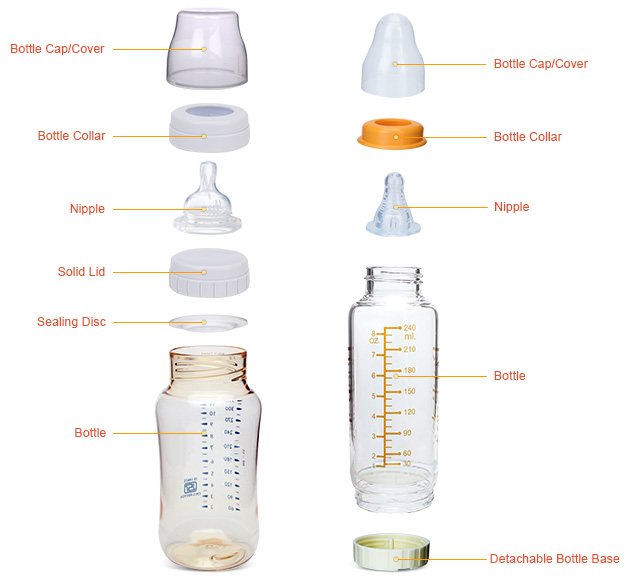 They consistently include such well-known and beloved brands, whose history goes back many decades - Nuk, Munchki, Tommee Tippee, BornFree, Nuk, Dr. Browns, Pigeon.
They consistently include such well-known and beloved brands, whose history goes back many decades - Nuk, Munchki, Tommee Tippee, BornFree, Nuk, Dr. Browns, Pigeon.
Now an active leader position is occupied by a novelty - glass bottles EveryDay Baby.
Each model has features and advantages: anatomical shape, anti-colic or ventilation system, etc. You will definitely not go wrong when ordering such bottles for newborns. They are recommended by leading pediatricians, neonatologists and therapists - the quality of products has been confirmed by many years of practice and millions of "fed" babies. If you are not sure which bottle brand is best for newborns, choose any of the ones listed.
How to choose a feeding bottle for your newborn
When visiting a store, the baby's parents literally "run up" - how many different in shape, color and type of bottles for a newborn are presented here from domestic and foreign manufacturers. And with all the visible quality and price range, the question arises: how to choose a bottle for feeding a newborn. Brands compete in their practicality, usefulness and convenience, stores hold special promotions and discount the best bottles for newborns.
Brands compete in their practicality, usefulness and convenience, stores hold special promotions and discount the best bottles for newborns.
Experienced moms, doctors and consultants identify some criteria by which to determine the level of production, plus reviews of the best bottles for newborns in the public domain:
- Volume and size ml for newborns and ending with 240 ml for children closer to six months or a year.
- Shape – probably every mother has wondered which bottle to choose for a newborn, classic or curved anti-colic shape, narrow or wide. It is important that they are easy to wash, they fit easily in the hand and subsequently the baby could hold them himself. When swallowing, the baby should not swallow air, milk flows smoothly into the nipple.
- Material - plastic bottles are the most popular, the best baby bottles among them are those that do not contain bisphinol-A (it has already been banned by Canada and France).


